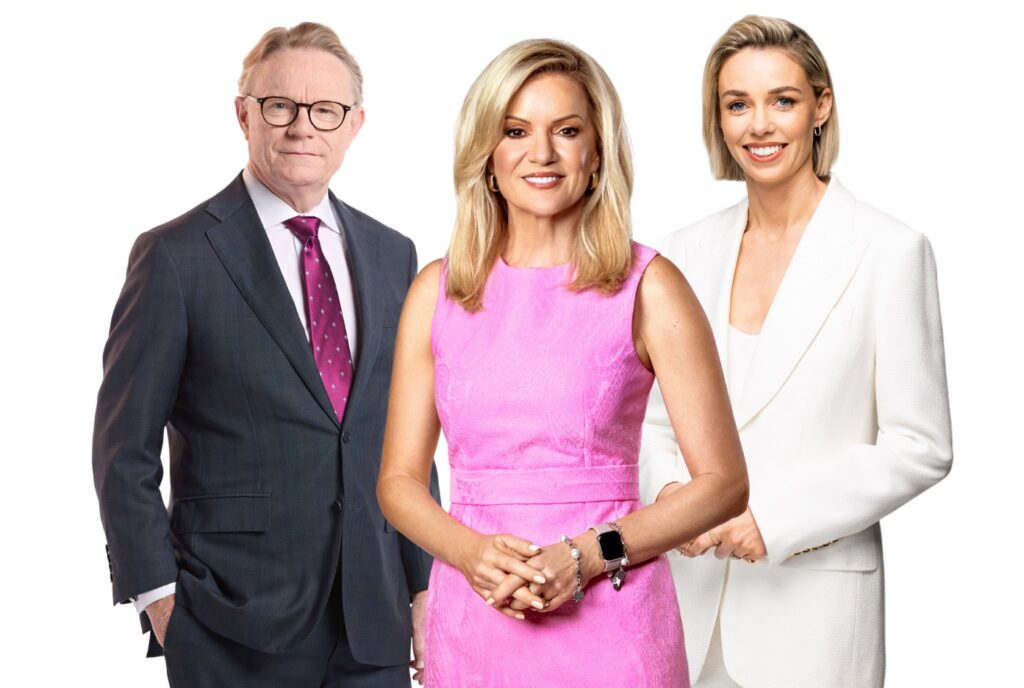 Master dog trainer Graeme Hall is back on Australian soil for a new season of Dogs Behaving (Very) Badly Australia.
Master dog trainer Graeme Hall is back on Australian soil for a new season of Dogs Behaving (Very) Badly Australia.
Join the Dogfather as he criss-crosses the continent to meet with some of the country’s most quirky, puzzling and challenging (yet adorable) canines. From a family of cheeky Chihuahuas causing chaos, to a hoover-hungry Dachshund, a karate kid pooch and a stage five clinger. Graeme has seen it all.
Have you ever met a dog that behaved too badly for you to help?
You can always help, you can always make a difference, you can always improve things with a dog. But there are times when you look at a dog behaviour problem, you look at the environment the dog’s in, the family, the home, and you think you know what? This is not a match made in heaven. So, for example, if we’ve got a dog who’s always been maybe aggressive to people, it’s very intermittent, you never know when he’s going to have a go and we’re just about to introduce a newborn baby into that house, those are the times when I say sadly, I just don’t think it’s going to work. And that’s very hard, but that’s a minority of cases.
What’s the most common thing new dog owners do wrong that leads to misbehaving dogs?
If you’re a first-time owner and you’ve got a puppy, not taking them to puppy classes and socialisation classes is probably your biggest fault. Loads of the things that I see are basically down to dogs not being socialised well. Now, that doesn’t always apply. In terms of a mistake that a new owner might make, that doesn’t really apply to a rescue dog, of course.
One of the common thins that we do is that we forget to see the positive things, or we forget to reward it. It’s so easy when you’ve got a dog problem that’s doing your head in, in the end all you can see is the bad thing. All you can hear is the barking, all you see is the scratching. And actually, there are times when the dogs being quite well behaved, and we forget to tell them. So, remembering to reward the positive – just like children, interestingly – is really important.
What advice do you typically give to owners to help them better understand and manage their dogs’ behaviour?
I would say learn about dog body language. Dogs communicate with each other verbally to some extent, but it’s mainly not actually, it’s mainly non-verbal. Most of their communication is in what they do with their tail or their ears or their body posture in general. Sometimes it’s to do with thins like they give a shake, or if they lift a paw. All of those things have meanings and when you learn to read the body language, it’s fascinating. You can see exactly what they’re thinking at any moment in time. So, I spend a lot of time pointing those things out to people.
How do you balance achieving behavioural improvements with maintaining the well-being and happiness of the dogs?
Well, I don’t, basically, because the two things go together. This question is interesting because it kind of suggests one might be against the other and you have to balance it. Mostly we can bring about an improvement in a positive way. There’s very little sort of telling a dog off in the way I do things, there’s an awful lot of creating conditions so that they can be rewarded for getting it right.
And so, if you think about it, a dog who’s thinking ‘Oh right, I get it. I see what you want’, the lightbulb’s switched on, happy days .They’re living in harmony with us now, vice versa, that creates wellbeing and happiness of the dog, doesn’t it. You could say a well-behaved dog, if you’ve arrived at that in the right way, is a happy dog. So, I think the two things go hand-in-hand.
What do you think is the most misunderstood aspect of dog behaviour that you aim to clarify through your show?
I think we’re moving away from this all around the world, but it used to be the case that if you had a badly behaved dog, it was the dog’s fault, they’re a bad dog and they needed to be told off or punished in some way. Yes, sure, just like humans we all need to understand that there are rules and sometimes there are consequences when we break the rules. But mainly, you’ve got to change behaviour by rewarding positives.
The most misunderstood aspect is that punishment is the way to go. Focusing on the negative and blaming the dog, that’s not the way forward. So, taking your time to understand and create positive outcomes by rewarding positive actions you’re into a different world, aren’t you?
What has been your favourite experience doing the show?
It’s really hard to pick out one single experience. I love Australia and I love being there. I love that, even just getting off the plane and walking into the country, I had a couple of people last time recognise me literally before I had even got to where I stay in Australia saying, ‘Welcome back to Australia mate’ and I love it. So, working in Australia, whilst it’s hard being away from home for long periods, it’s the people that make it such a great country to be in.
Is there a big difference between Australian dog owners, compared to UK dog owners?
Interesting you’ve asked a question about owners and not dogs. Generally speaking, I think it’s 90% the same, and I think that in terms of helping people change behaviours, what I find in Australia is a real willingness to try things that are new and give things a go and make them work. I’ve said from the first year when we did this show, that what I hear a lot from Australians is, ‘I’ll give it a go’, and for me, that’s the defining phrase in Australia.
Have you found Australian owned dogs have a common behavioural issue, compared to other countries?
No, I don’t think so. In the same way that people are by and large the same around the world, dogs very much are, you know. So, I don’t think there’s much difference. If you look at the UK show and the Australian show, it’s 90-odd percent the same kind of issues. There are certain things that are unique to Australia but that’s because of the environment.
So, for example, in Season 2 there’s a dog who really doesn’t like ceiling fans. He barks his head off when he sees a ceiling fan, or a fan anywhere. You can take him to a place where there’s a whole row of them at a cafe or something – you’re in big trouble. Well, he doesn’t really see that so much in England because we don’t have so many ceiling fans. Simple.
How did you approach filming Season 2?
Pretty much the same as I approached Season 1. Similar team, great team of people around me who just make it easy and, do you know what? I’m just me being me when you see me on the television. So, I approached it in the way I do everything, really. I’ll give it my best shot, I’ll make the best, I’ll say it like it is and hope people take it in good part which they invariably do so it’s been great.
And, finally, it’s not a question you’ve got here but I just wanted to add, I had a great time in Australia, love the positivity, love the country, bit of sunshine helps and what lovely dogs as well. You do have a couple of breeds that we don’t see so much over in England like Kelpies and Aussie cattle dogs that I fell in love with.

















